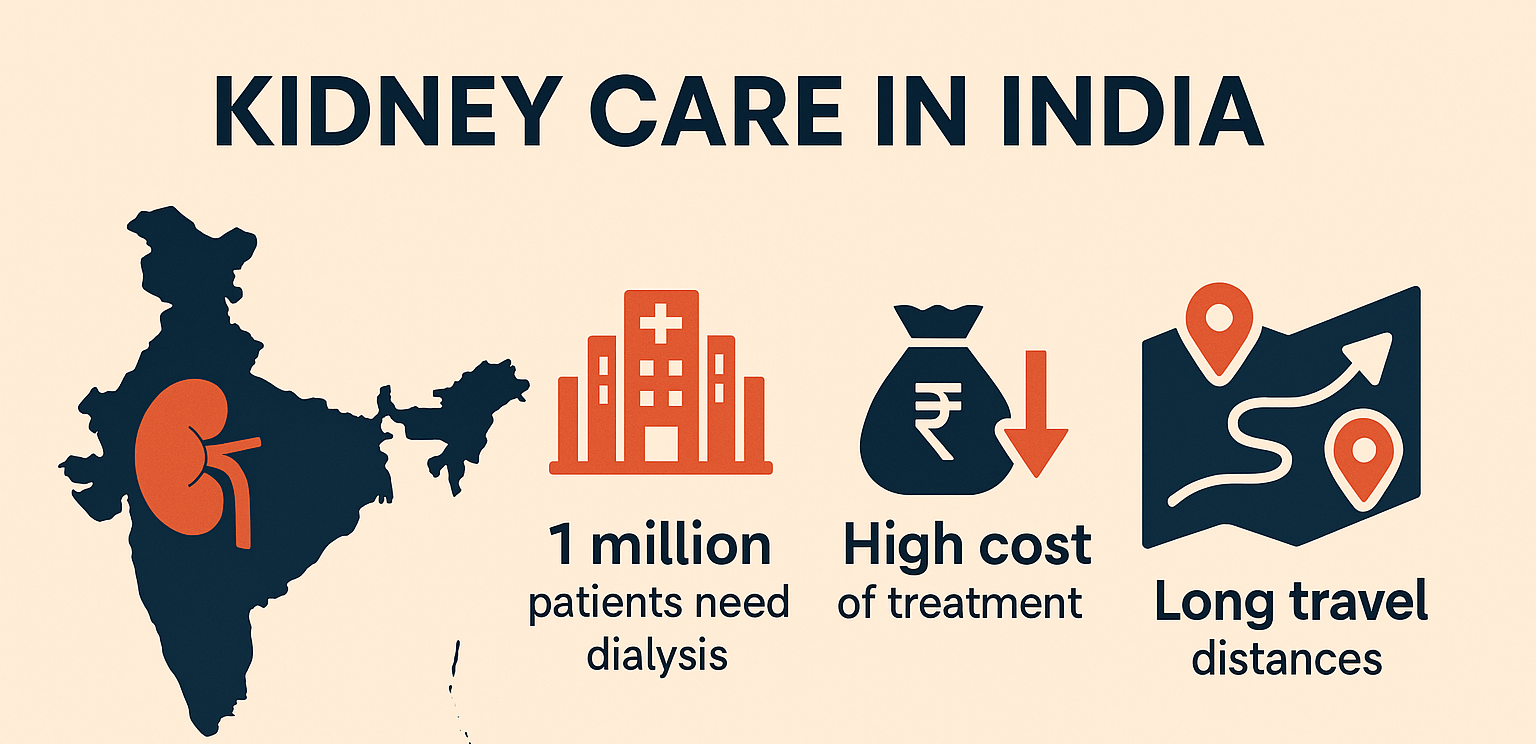In a world where convenience often comes in the form of plastic wraps and cardboard boxes, the risk of chemical exposure from everyday food packaging is a growing concern. A recent study by the Food Packaging Forum has raised the alarm about the potential dangers lurking in these common materials. According to the study, around 200 chemicals used in food packaging have been linked to breast cancer, a troubling revelation that underscores the need for immediate action and awareness.
The findings, published in Frontiers of Toxicology, reveal that harmful chemicals present in food packaging materials like plastic and cardboard can pose serious health risks. Specifically, 143 chemicals were identified in plastic packaging, while 89 were found in cardboard packaging, all of which are linked to breast cancer development. These findings emphasize the potential harm caused by the widespread use of these packaging materials in our daily lives.
Some of the most concerning chemicals highlighted in the study include PFAs, bisphenols, and phthalates. These chemicals are not new to health researchers. In fact, they have long been associated with a range of health problems, including hormonal disruptions and cancer. PFAs, often referred to as “forever chemicals,” are particularly notorious due to their persistence in the environment and in the human body.
PFAs (per- and polyfluoroalkyl substances) earned their nickname as “forever chemicals” because of their resistance to breaking down. Over time, they accumulate in the body, leading to prolonged exposure, which significantly increases the risk of health issues, including breast cancer. The problem with these chemicals is that they are difficult to avoid. They are present in various products we use daily, from non-stick cookware to water-repellent clothing, and now, alarmingly, in our food packaging.
With each meal consumed from plastic-wrapped or cardboard-packaged food, we may be unknowingly ingesting chemicals that could have long-term impacts on our health. The body absorbs these substances through food, but the exact extent of this exposure is still being studied. What we do know is that the potential for accumulation of these harmful chemicals is high, particularly with regular consumption of packaged foods.
The researchers behind the study identified several specific chemicals commonly found in food packaging that pose a cancer risk. Some of the most notable include:
1. PFAs: As mentioned earlier, these chemicals are found in plastic wraps and other packaging materials and have a high resistance to degradation. Once inside the body, they build up over time, contributing to an increased cancer risk.
2. Bisphenols (BPA): Used in the production of plastic containers and linings of metal cans, bisphenols are well-known endocrine disruptors. They interfere with hormone production and regulation, and have been linked to breast cancer development.
3. Phthalates: These are often added to plastics to make them flexible. Phthalates are another group of chemicals known to disrupt hormone function, leading to reproductive and developmental issues, and in this case, an increased risk of cancer.
The significance of these findings cannot be understated. The study revealed that humans across the globe are continuously exposed to these chemicals under practical usage conditions. Shockingly, the study indicated that 76 chemicals suspected to cause breast cancer were present in food packaging materials, with 80% of these chemicals linked directly to plastics.
According to Jane Muncke, Managing Director of the Food Packaging Forum and co-author of the study, this research presents an opportunity to prevent cancer by reducing exposure to these dangerous chemicals. “The potential for cancer prevention by reducing hazardous chemicals in your daily life is under-explored and deserves much more attention,” she stated. Indeed, by taking preventive measures now, the rates of breast cancer and other diseases linked to chemical exposure could potentially be reduced.
The issue of chemical exposure from food packaging is not new, but the scale of the problem is only now coming to light. A separate study published in Nature found that over 3,600 chemicals, including known carcinogens, can transfer from food packaging to the human body. The study noted that many of these chemicals were previously approved for food contact use, meaning they have been widely accepted without thorough examination of their long-term health effects.
The Nature study further pointed out that people are not only exposed to chemicals through food but also from a variety of other sources, including drugs, household products, and environmental pollutants. These chemicals do not exist in isolation; they can interact with each other, potentially compounding their effects. For example, one sample in the study contained as many as 30 different PFAs. The cumulative effect of multiple chemicals entering the body simultaneously is not fully understood, but it raises serious concerns about the impact on human health.
Given the extent of exposure to these harmful chemicals, it is essential that both governments and consumers take immediate steps to mitigate the risks. Regulatory bodies need to reassess the safety of these chemicals and establish stricter guidelines for their use in food packaging. At the same time, consumers can take proactive measures to reduce their exposure to these dangerous substances.
Steps for Consumers:
1. Choose Fresh, Unpackaged Foods: Whenever possible, opt for fresh foods that don’t come in plastic or cardboard packaging. This reduces your exposure to harmful chemicals.
2. Avoid Microwaving in Plastic: Heating food in plastic containers can cause chemicals to leach into the food. Instead, use glass or ceramic containers for reheating.
3. Look for BPA-Free Products: Some manufacturers have started offering BPA-free plastic products, but be cautious, as other harmful chemicals may still be present.
4. Support Sustainable Packaging: Choose products packaged in sustainable materials, like glass or paper, which have a lower risk of chemical contamination.
5. Stay Informed: Keep yourself updated on the latest research about chemicals in food packaging and their health risks. Knowledge is power when it comes to protecting your health.
Role of Governments and Regulatory Bodies:
- Stricter Regulations: Governments should implement stricter regulations on the use of harmful chemicals in food packaging, requiring companies to prove the safety of their products.
- Clear Labelling: Packaging should clearly indicate whether harmful chemicals are present, allowing consumers to make informed decisions.
- Encouraging Sustainable Practices: Incentivizing companies to adopt safer, eco-friendly packaging alternatives can go a long way in reducing the prevalence of hazardous chemicals in the market.
The revelation that food packaging contains chemicals linked to breast cancer should serve as a wake-up call for consumers, regulators, and manufacturers alike. As the evidence mounts, the need for change becomes increasingly urgent. By taking steps to reduce exposure to these harmful chemicals, we can begin to address the growing epidemic of breast cancer and other diseases linked to toxic materials.
Now is the time for consumers to be vigilant about the products they use and for governments to act swiftly to ensure the safety of the packaging materials that come into contact with the food we eat. Together, we can push for a healthier, safer future free from the silent dangers hiding in our food packaging.
.jpg)
 By taking steps to reduce exposure to these harmful chemicals, we can begin to address the growing epidemic of breast cancer and other diseases linked to toxic materials.
By taking steps to reduce exposure to these harmful chemicals, we can begin to address the growing epidemic of breast cancer and other diseases linked to toxic materials.





.jpeg)







.jpeg)






.jpeg)









.jpg)


.jpg)
